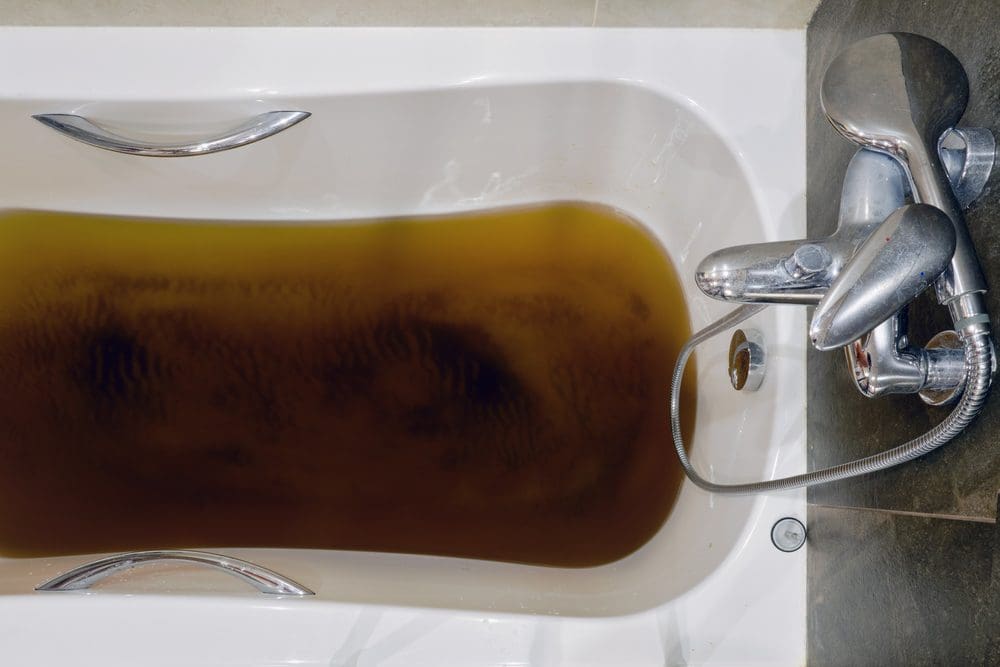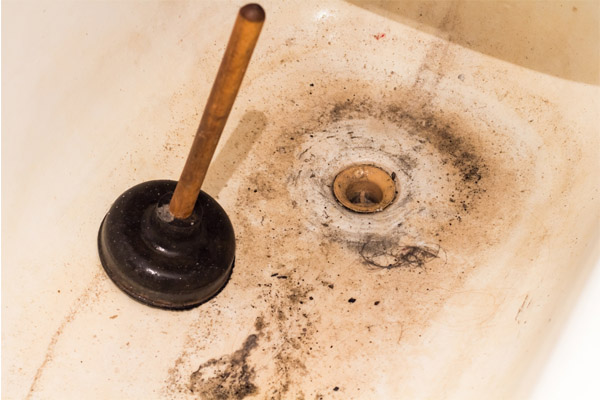Our Comprehensive Guide: Drainage Rising Through the Bathtub
Our Comprehensive Guide: Drainage Rising Through the Bathtub
Blog Article
Everyone has his or her own opinions on the subject of Why is Sewage Backing Up Into My Bathtub?.

Sewage back-up in the bathtub can be an upsetting and unhygienic problem for any house owner. Not just is it bothersome, but it also presents significant health dangers and shows underlying issues with the plumbing system. Recognizing why sewage is turning up with the bath tub is important for taking ideal action to attend to the problem successfully.
Intro to the Concern
Usual Reasons for Sewer Back-up
Blockages in the Sewage System Line
Among one of the most common reasons for sewage backup is an obstruction in the drain line. This can occur as a result of the buildup of particles, grease, or foreign objects in the pipes, protecting against appropriate circulation and creating sewer to back up right into your bathtub.
Tree Origin Invasion
Tree roots seeking wetness and nutrients can infiltrate sewer lines through tiny splits or joints. Over time, these origins can expand and broaden, causing substantial damage to the pipes and causing sewer backup concerns.
Understanding the Issue
When sewer starts backing up into the bath tub, it's a clear indicator of an issue with the drain system. The wastewater that ought to be moving away from your home is instead finding its way back right into your home, which can lead to substantial damage and health hazards.
Prospective Causes
A number of elements can add to sewer back-up in the bathtub. From obstructions in the sewage system line to problems with the plumbing infrastructure, recognizing the source is important for locating a service.
Aging Facilities
Older homes might have obsoleted plumbing systems that are a lot more at risk to deterioration, fractures, and degeneration. As pipelines age, they come to be extra prone to leakages and blockages, raising the possibility of sewer back-up cases.
Heavy Rainfall or Flooding
During durations of heavy rainfall or flooding, the sewer system may come to be overwhelmed with excess water, triggering backups and overflows. This can lead to sewer supporting into tubs and various other components inside the home.
Indicators of Sewage Backup
Foul Odors
Undesirable odors rising from drains or components, particularly in the restroom, may suggest sewer back-up concerns. These smells are often strong and persistent, signaling a trouble that needs prompt focus.
Slow Draining Fixtures
Bathtubs, sinks, and commodes that drain pipes slowly or not in all could be experiencing sewer backup. If several fixtures are influenced concurrently, it's most likely that the concern stems from an usual point, such as the major drain line.
Gurgling Sounds
Weird gurgling or bubbling sounds coming from drains pipes when water is running elsewhere in your house are indicative of air caught in the plumbing system. This air accumulation can result from sewer back-up and must be examined quickly.
Wellness Dangers Associated with Sewer Backup
Contamination of Water Supply
Sewer backup can infect the water supply in your home, positioning a significant health danger to you and your family members. Exposure to infected water can result in stomach problems, skin infections, and various other diseases.
Mold and mildew Development
Moisture from sewer back-up can develop suitable conditions for mold and mildew development in your home. Mold and mildew spores can exacerbate respiratory issues and trigger allergic reactions in sensitive people, making prompt cleanup vital.
Spread of Illness
Sewage includes harmful germs, viruses, and bloodsuckers that can trigger a range of illness, consisting of liver disease, cholera, and gastroenteritis. Coming into contact with sewer or contaminated surfaces places you in jeopardy of infection.
Tidying up After Sewer Backup
Disinfection Procedures
Completely disinfect and disinfect influenced areas after sewage backup to get rid of hazardous bacteria and prevent mold and mildew growth. Use proper cleansing items and safety gear to guarantee risk-free and effective cleanup.
Restoration of Impacted Areas
Repair any damages to floor covering, walls, or fixtures caused by sewage back-up. Depending on the extent of the damage, you may require to change carpets, drywall, or other materials to recover your home to its pre-loss problem.
Immediate Actions to Take
Turning Off Water System
In case of sewer backup, it's important to shut off the supply of water to prevent further contamination and damages. Locate the primary water shutoff valve in your house and closed it off till the issue can be solved.
Contacting a Specialist Plumber
Dealing with sewage backup is not a do it yourself job. Call a qualified plumber with experience in taking care of sewage-related problems to analyze the scenario and execute needed repair work or clean-ups.
Avoiding Contact with Polluted Water
Till the sewage back-up is dealt with, stay clear of contact with contaminated water to prevent the spread of germs and virus. Put on safety equipment if you have to remain in the affected location and wash your hands thoroughly afterward.
Safety nets
Normal Maintenance of Sewer Lines
Arrange normal examinations and upkeep of your sewage system lines to identify and resolve prospective problems before they intensify right into significant problems. This can include cleaning debris, evaluating for tree origin invasion, and repairing any broken pipelines.
Setting Up Backwater Valves
Take into consideration mounting backwater shutoffs in your plumbing system to prevent sewage from receding into your home throughout durations of heavy rainfall or flooding. These shutoffs immediately close when water starts backing up, securing your property from contamination.
Proper Disposal of Household Waste
Avoid purging anything besides toilet paper and human waste down the bathroom to avoid blockages and obstructions in the sewage system line. Dispose of oil, oil, and various other family chemicals correctly to reduce the risk of plumbing problems.
Why Is Water Backing Up in My Bathtub When I Flush My Toilet?
What to do about a sewer line clog
First, don’t bother with plunging. No amount of plunging will dislodge the clog in a sewer line. The clog is too far away. Plungers are for clogs in the toilet itself, not the sewer line. Plus, the most likely causes of a sewer clog are:
Tree roots Flushed toys or feminine products Grease buildup Those items don’t move easily. And in the case of tree roots, the roots need to be cut out of the pipe and the pipe will need to be repaired.
You’ll need a closet auger. A closet auger is a type of plumber’s snake with a protective cover to keep from scratching the delicate porcelain toilet. If the clog is further down, you may need to remove the toilet or use one of your cleanouts to get to the clog.
We also recommend doing a video inspection of the drain to ensure that the cause of the clog has been completely removed. Otherwise, you could have the same problem again in a few days or weeks.
https://mspplumbingheatingair.com/blog/why-is-water-backing-up-in-my-bathtub-when-i-flush-my-toilet

I hope you liked our post about What To Do If Sewage Starts Backing Up Into the Shower. Thanks for taking the time to read through our short article. Don't hesitate to take a moment to promote this entry if you liked it. We take joy in your readership.
Click Here
Report this page